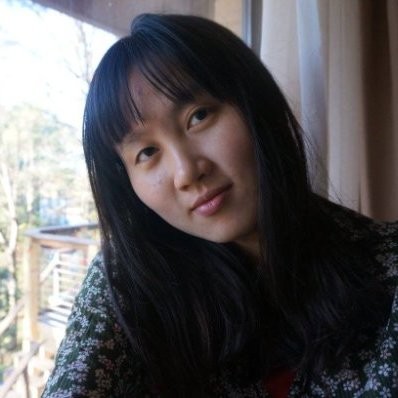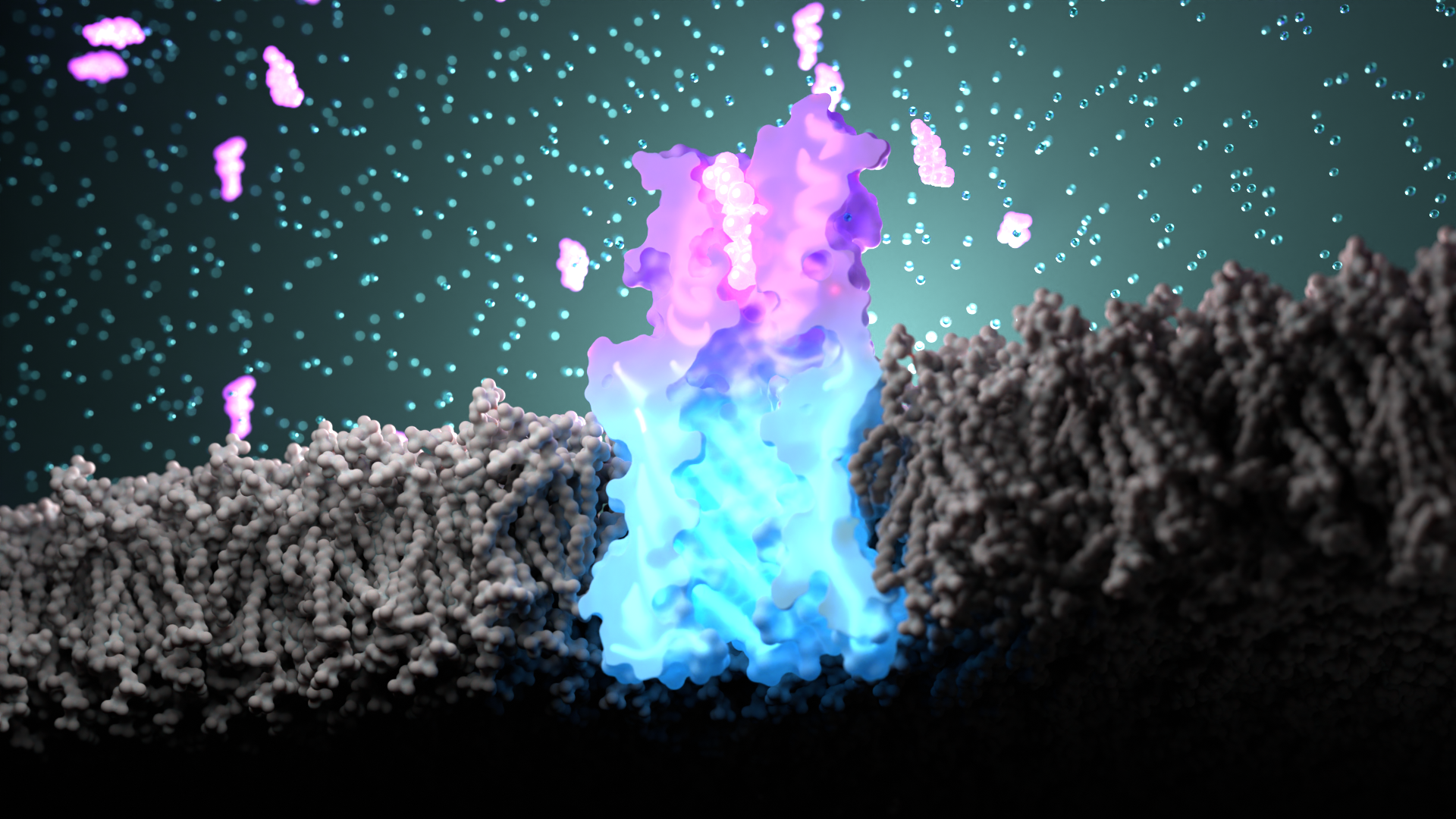About the Principal Investigator

Short Version
Trained as a chemist, a biochemist and a computational biochemist.
Passionate about pushing machine learning for real-world problems.
Developing method for protein-ligand interaction.
Solving problems of diagnosis and enzyme engineering.
Long Version
I will start a new position as an assistant professor at Rice University, BioScience Department, with affiliations to other departments soon, stay tuned! If you are interested in working with me, as an undergraduate research assistant, technician, graduate researcher, or a postdoctoral researcher, please check out the positions page and contact me at linnaan[at]rice.edu
I did my undergrad at the University of Science and Technology of China (USTC) with Prof. Gaolin Liang (now moved to SEU) on molecular imaging.
Then, I was trained as a biochemist during Ph.D. at the Wilfred A. van der Donk lab at the University of Illinois Urbana-Champaign (UIUC). I worked on using bioinformatics to find new biosynthetic gene clusters, and characterize their synthesis product in lab. This is a new way to find new drugs from nature, including antibiotics. I successfully heterologously identified some new natural products. Particularly, I also unveiled a unique substrate-assisted bond formation mechanism in a previously unknown family of enzymes (An, Nat. Chem. Biol. 2018).
Right before COVID, I joined the David Baker lab at University of Washington (UW) as a protein designer, developing deep learning-based method to design functional proteins.
I focused on small molecule-protein interaction problems because it is the unavoidable mountain to climb for solving any ligand-related engineering problem. It was difficult to deal with back in 2020, and some challenges remain till today: the large sampling space, the high accuracy requirements, and small datasets. I came up with a probably obvious idea: if we can generate proteins with high shape complementary interfaces to ligands, we should be able to bind them. Even though it was an seemingly obvious and easy idea, it took us 3.5 years to actually make it happen in reality, during which almost all steps are optimized or equipped with new tools.
I first teamed up with Dr. Derrick R . Hicks and Dr. Dmitri Zorine (now developer at ZipBio, Inc), and we developed an AF2-based hallucination method, which can efficiently sample diverse pocket-containing proteins. These proteins are high quality, and ready to bind any shape of ligands (An, Hicks, Zorine, et al, Nat. Struct. Mol. Biol, 2023).
With high-quality proteins, I then worked on the actual ligand binding problems. I first computationally identified the most shape complementary protein docking to the ligand, then in the laboratory, using high-throughput methods to identify the ones who are actually suitable to the ligand. From the privileged protein-ligand pair, with computational sampling of local structures and docking conformations, I was able to quickly improve the binding affinity to nanomolar range. This pipeline stably generated binders to diverse ligands, including polar and flexible ligands, such as methotrexate, for the first time! We easily converted the de novo binders into sensors, and showed their usage in ligand-specific nanopore and chemical induced dimerization. (An, Science, 2024).
More recently, with my colleagues, we successfully implemented the whole idea to Ca-Diffusion, and we demonstrated it carried over its success in more ligands stably, and stayed specific in cells.
At Rice, I will continue to develop protein-ligand complex design methods, and design functional proteins to solve real-world problems.
The major directions are: sensing, catalysis, and method development.
Sensing: Have you ever seen a glucose meter? It changed life for millions of people with diabetes. They no longer need to worry about the fluctuation of their blood sugar levels. They can just check their phone, get the result, and take action. That should be what modern world diagnosis should be like. However, none of the other molecules can be sensed like that. The An lab will build de novo sensors for any molecules of interest, allow point-of-care diagnosis for disease at home, and depict ligand landscape of complex biological systems during cancer progression, with collaboration with the Texas Medical Center.
Catalysis: Crazy about enzymes, I learnt about how biosynthesis saved the world during the time I got my Ph.D. We can find enzymes which synthesize therapeutics, put them into bacteria, and make them produce therapeutics for human use. Currently, the key problems is, almost all native enzymes needs to be domesticated to be used in human world. Traditionally, you can only do directed evolution and testing rounds of mutations, and hope you can find a better enzyme. With machine learning, we can rationally improve enzyme characteristics, and make them more useful in human world. We will use machine learning to first tackle enzymes which are known for resisting to directed evolution, and make them useful in drug biosynthesis or as therapeutics.
Method development: I learnt the beauty of programming during PhD and postdoc. At the age of AI, I am all for advancing science with AI. Now, with multiple AlphaFold3-like models, we will have more ability to design biomolecules with all-atom information. How to make the most of the current methods? How to generate more interactions? How to improve particular features? Collaborating with faculties from computer science and other protein design labs, we will develop new methods, fine-tune current methods, and push new pipelines for functional protein design.

 Integrate ML and Experiments
Integrate ML and Experiments